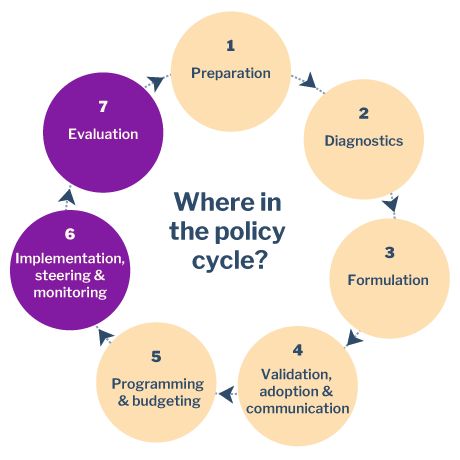Nudging technique: gender impartial approach
Also: transform expectations of women and inspire girls

So much of what we see during a normal day reinforces our subconsciously held ideas of gender. Boys toys promote traditional occupational roles, while anyone who has walked into the girls aisle in a toy store has been met with an overwhelming wall of pink. Another example we’re probably less aware of are the male and female signs used in restrooms. They suggest that men and women need to be segregated in bathrooms, and that woman wear dresses while men wear trousers. Whether we realize it or not, these signs contribute to the way we perceive gender and our socially appropriate views of men and women.
Another example of gendered signage is the typical roadworks sign “Men at work”. It reinforces a social stereotype that construction is an exclusively male job. It can easily be replaced by an icon of a person working, or by the more general “Workers” or “Workers ahead”.
By changing the way we portray gender in signage, we can eventually change ideas and expectations (stereotypes) of men and women. In Poland, toilet signs are not represented by a figure of a man or a woman – instead, the gender neutral shapes of a circle for women and a triangle for men are used. This already provides a nudge that says men and women are not expected to look a certain way.
![]()
There is now also a gradual shift towards unisex toilets in some workplaces and even schools. These toilets are a sign of acceptance for people who have a non-binary gender identity. It’s a small nudge, but it’s one that says to people “There are many ways to think about gender, and everyone should feel comfortable that they are using a restroom with the appropriate sign on the door”.
Where in the policy cycle can this approach be used?

Potential for change
Although this nudge has a small effect on gender equality in the labour force, it exerts a subtle influence every time that someone passes the sign, or uses a unisex bathroom. It reduces the stereotype of restrictive dress codes for men and women, and offers a more inclusive environment for people with a non-binary gender identity.
Gender neutral signage is not just for toilets, of course. What are other signs in the workplace that unnecessarily use language that refers to men or women, or shows figures that represent stereotypes? Also consider this nudge when constructing facilities; including diaper changing tables in both male and female restrooms/facilities can counter the same stereotype (see Baby changing rooms for men).
Sources
Baker, M. (2016). UCSF Installs New Gender-Inclusive Restroom Signage: Changes Made to Existing Single-Occupancy Restrooms ![]() .
.
Suk Gersen, J. (2016). Who’s Afraid of Gender-Neutral Bathrooms? ![]() .
.